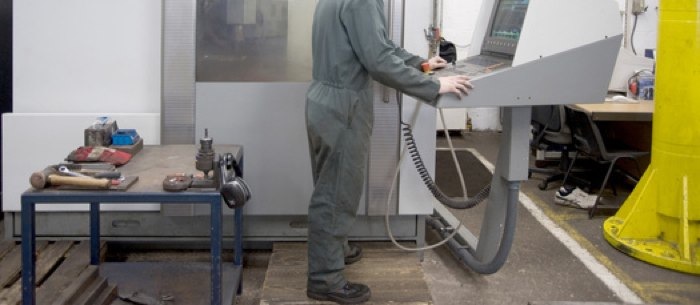Two of the biggest tax provisions that affect the restaurant industry are the 15-Year Restaurant Depreciation and the Worker Opportunity Tax Credit.
Both tax provisions expired at the end of 2011 but look like they are back with the initial passing Family and Business Tax Cut Certainty Act.
The National Restaurant Association mounted a wide scale campaign to inform Congress of the importance to provide tax certainty to restaurateurs.
15-year Depreciation
Simply put this provision allows a taxpayer to allocate the costs of an asset over the period in which they are used. The 15-year Depreciation provision allows leasehold improvements, restaurant improvements and new restaurant construction, and retail improvements to be depreciated over 15 years rather than the standard 39-year recovery period that would normally apply to nonresidential real property.
Due to the nature of the industry restaurant buildings experience daily wear and tear that many industries do not. As a result of this increased wear and tear, most restaurants remodel or update their buildings every six to eight years. Thus, the 15 year provision more accurately fits the recovery timeframe.
Benefits of the 15-year Depreciation provision:
- Reduces cost of capital expenditures
- Increases cash flow
- Allows hiring more employees
- Allows capital expenditures to expand business
- Reinvestment in construction & renovations positively affects the economy
Worker Opportunity Tax Credit
This tax credit is made available to employers who hire individuals from several targeted groups facing significant barriers to employment.
Examples of WOTC-target groups:
- Veterans receiving food stamps or are unemployed suffering a service related disability
- Former Felons
- Disconnected Youth
- Family Members receiving TANF
Currently the restaurant industry employees over 13 million people nationwide. Many of these individuals were hired specifically due to the WOTC act being in place. The WOTC provision allows workers who may not have been able to, move into self-sufficiency by earning a steady income and becoming contributing taxpayers.
Hiring from the group of qualified job seekers via the WOTC provision can mean direct federal tax savings to your business ranging from $1,200 to $9,000 per qualifying employee. Restaurants tend to experience better than average qualification rates in state and federal hiring credit programs. Hundreds of thousands of dollars are provided via this provision annually.





